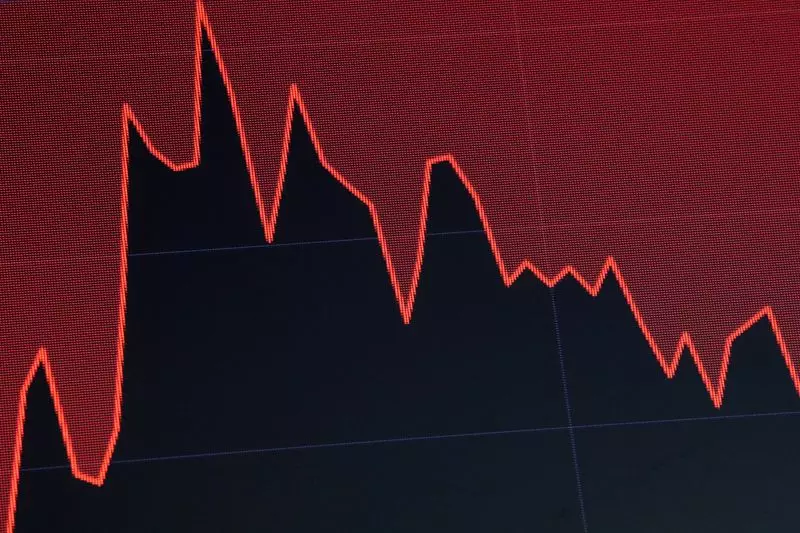In the world of financial markets, volatility is both a friend and a foe. The recent surge of volatility that has blindsided traders is a stark reminder of the inherent risks involved in trades that thrive in a low volatility environment. The illusion of stability in these trades tends to unravel quickly when volatility spikes, exposing the vulnerabilities that lie beneath the surface.
One classic example of such trades is the FX “carry trades” and the “basis” trade in U.S. Treasuries. These trades heavily rely on low volatility to generate profits, but they are also accompanied by high leverage, amplifying the risks involved. While it may seem lucrative to capitalize on interest rate differentials or price gaps, the reality is that these trades are unstable and prone to sudden reversals.
The efficiency of the free market is often touted as a self-correcting mechanism that should eliminate arbitrage opportunities quickly. However, in practice, these opportunities can persist for extended periods, defying expectations. Take the example of the yen carry trade, which persisted for years due to Japan’s ultra-loose monetary policy. This goes to show that even seemingly unsustainable trades can defy market logic and survive longer than anticipated.
Financial markets attract a diverse range of participants with varying risk appetites and investment horizons. While high-risk gambles may yield substantial profits in the short term, they are also susceptible to abrupt downturns. The recent market turmoil serves as a cautionary tale, highlighting how leveraged bets can quickly turn sour, triggering a chain reaction of selling and margin calls.
Successfully timing trades that exploit interest rate differentials or carry trades is often more a matter of luck than skill. Even seasoned investors can fall prey to the lure of easy profits in a low-volatility environment, only to be blindsided when volatility spikes. The inherent nature of these trades means that gains are accrued slowly, while losses can materialize rapidly, eroding profits in a flash.
Economic and fundamental analyses often underscore the counterintuitive nature of trades that hinge on interest rate differentials or price gaps. While the FX carry trade may seem straightforward in theory, the reality is far more complex. Currencies with low yields may offer stability and security, while higher-yielding currencies are fraught with risks stemming from inflation, credit, and political instability. Successfully executing carry trades hinges on a delicate balance of low volatility and precise timing, factors that are notoriously challenging to predict.
The Road Ahead
As financial markets grapple with the repercussions of heightened volatility, investors must exercise caution and prudence in their trading strategies. The recent market turbulence serves as a stark reminder of the risks involved in high-leverage and speculative trades. While the allure of quick profits may be tempting, the potential for sudden reversals and catastrophic losses looms large. Ultimately, navigating the treacherous waters of financial markets requires a keen understanding of risk management, market dynamics, and the perils of volatility.

